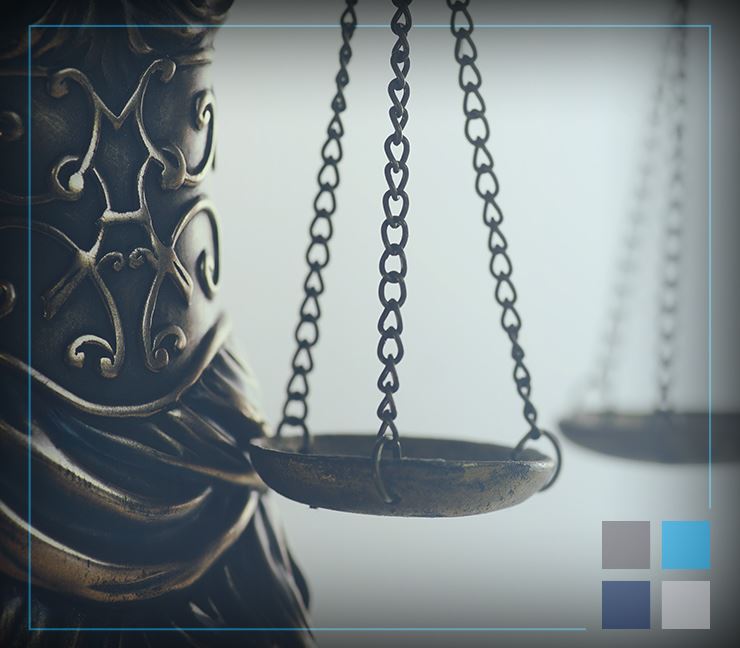
The Empty Chair Defense – Non-Economic Damage Cases
The strategy of so-called “empty chair defense” is self-explanatory – a defendant blames the so-called “empty chair” in the courtroom by arguing it was the third party who caused the plaintiff’s damages rather than the defendant sitting in the courtroom. Upon the passage of Proposition 51 in 1986, the empty chair defense gained teeth in lawsuits regarding primarily non-economic damages.
Proposition 51, codified as California Civil Code section 1431.2, reads in relevant part,
“In any action for personal injury, property damage, or wrongful death, based upon the principles of comparative fault, the liability of each defendant for non-economic damages shall be several only and shall not be joint. Each defendant shall be liable only for the amount of non-economic damages allocated to that defendant in direct proportion to that defendant’s percentage of fault, and a separate judgment shall be rendered against defendant for that amount.”
In other words, Proposition 51 altered the old principle of joint and several liability where each party was collectively liable for all a plaintiff’s non-economic damages. Hypothetically, under the joint and several liability regime, a plaintiff could recover the entire amount of their non-economic damages from the “deepest pocket” even if that defendant was only 1% at fault for causing those damages. Thus, a common plaintiff strategy was to only sue the defendant with the most financial resources as the plaintiff could recover all of their non-economic damages from the deep pockets, regardless of their percentage of fault, without wasting time and resources in proving their case against other potential tortfeasors. After the passage of Proposition 51, however, each tortfeasor (party or not) is only liable for a plaintiff’s non-economic damages in direct proportion to their percentage of fault. Now, third parties not present at trial, may still be listed on the verdict form in order for the jury to apportion a percentage of fault among “the universe of potential tortfeasors.” (See DaFonte v. Up-Right, Inc. (1992) 2 Cal.4th 593, 603.) Thus, considering the effect of Proposition 51, some plaintiffs are now wise to sue all potential tortfeasors to avoid the empty chair defense.
However, even when a plaintiff sues all potential tortfeasors, the other tortfeasors may not be present at trial due to a settlement or a dismissal based on statutory immunity. Fortunately, this does not prevent the use of the empty chair defense. In California, the case law makes clear that even settled defendants and statutorily immune defendants must be included on the verdict form pursuant to Proposition 51.

-
Extensive Business KnowledgeRegardless of the complexity of your case, you can trust that your legal matters will be in competent hands when you turn to Poole Shaffery.
-
Proven Track RecordOur team of accomplished business attorneys has consistently delivered positive outcomes for our clients, resolving complex business matters with skill and expertise.
-
Experience and ReputationPoole Shaffery boasts a team of Santa Clarita business attorneys with strong reputations among judges and fellow lawyers, including AV Preeminent® rated professionals and Super Lawyers® honorees.
